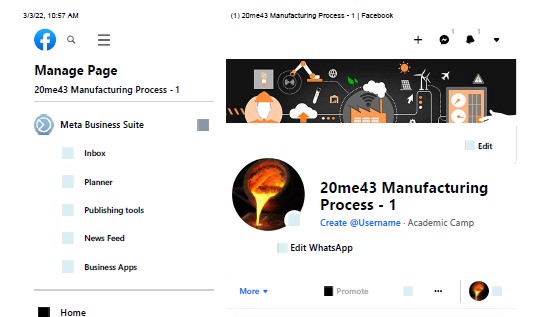Innovative Teaching Practices




The faculty use chalk and board and audio-visual aids in teaching. Students are encouraged to interact with faculty members during the lecture hour for clarifying the doubts on the spot as shown in figure
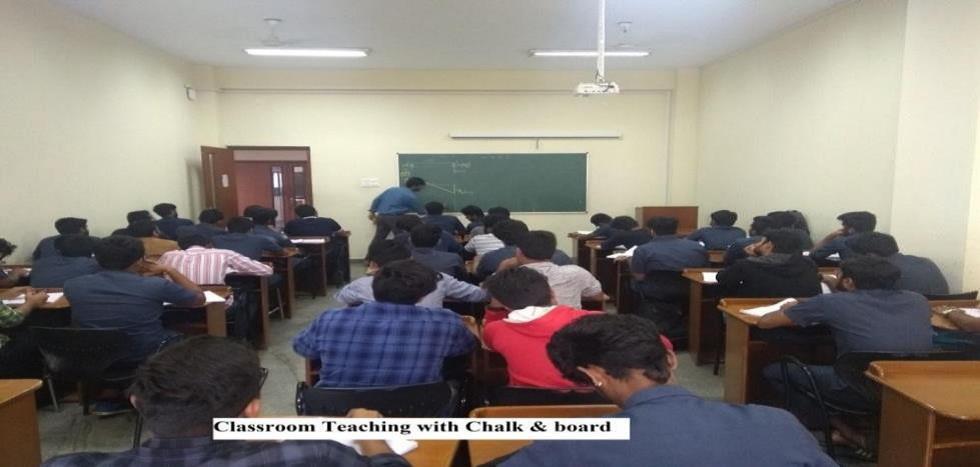
Almost all faculty members follow advanced lecture methods besides conventional teaching and learning processes. However, chalk and talk methods have traditionally occupied a pivotal place in teaching the students with lucid illustrations. All classrooms are provided with LCD projector and internet facility. Faculty members are using SMART classrooms to provide interactive sessions through video lectures, PPT, Animated videos, NPTEL courses, webinars, SWAYAM and lectures by eminent Professors.
Availability of the internet in the classroom has taken the teaching-learning processes to newer heights as shown in figure. The students make the best use of this facility during the lean times for downloading the latest information/ PowerPoint study materials/ YouTube lectures. Thus, this facility made students listen to lectures of eminent teachers and Nobel laureates across the globe.
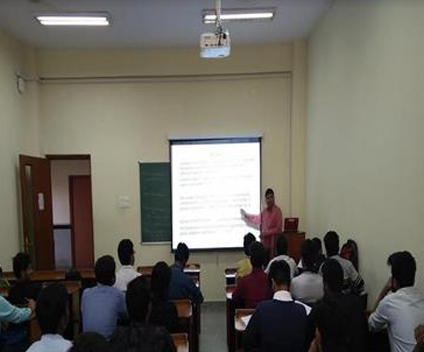
The Google Classroom is an effective dash board tool, effectively used on our campus for every course. Faculty members add all students to it before commencement of every semester for every course. They also upload course plans, eBooks, course materials, video lectures, question banks etc. It helps the students to come prepared to the class. The tools in the Google classroom facilitate online assessment of students, which can be used to measure the outcomes of each course. A sample copy of Google classroom for the course SOLID MECHANICS is shown in figure.
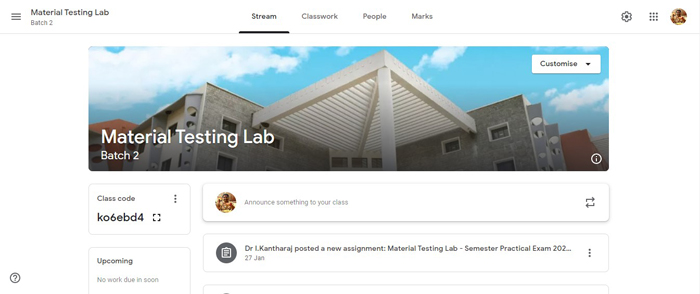
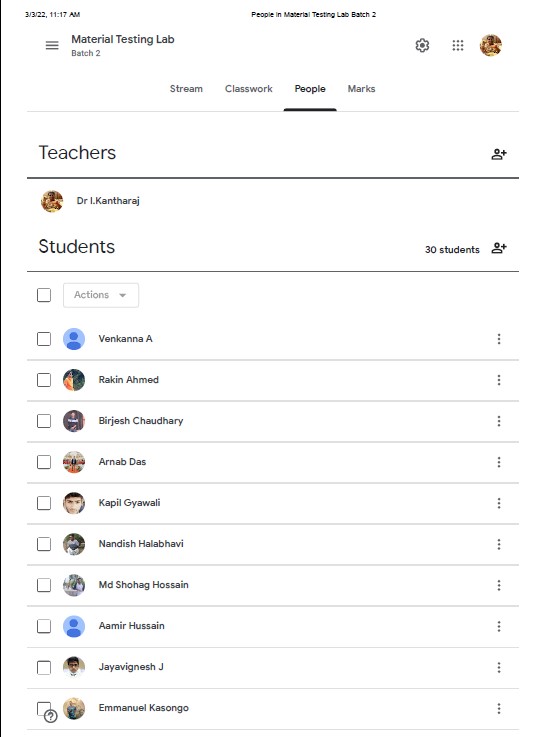
The Google Classroom is an effective dash board tool, effectively used on our campus for every course. Faculty members add all students to it before commencement of every semester for every course. They also upload course plans, eBooks, course materials, video lectures, question banks etc. It helps the students to come prepared to the class. The tools in the Google classroom facilitate online assessment of students, which can be used to measure the outcomes of each course. A sample copy of Google classroom for the course SOLID MECHANICS is shown in figure.
The faculty use working models and visual charts in the classrooms which creates an interest in the course among the students as shown in figure.
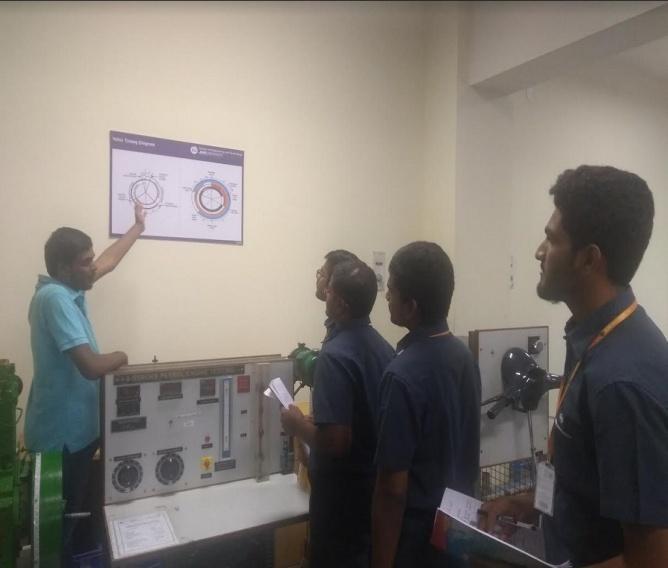
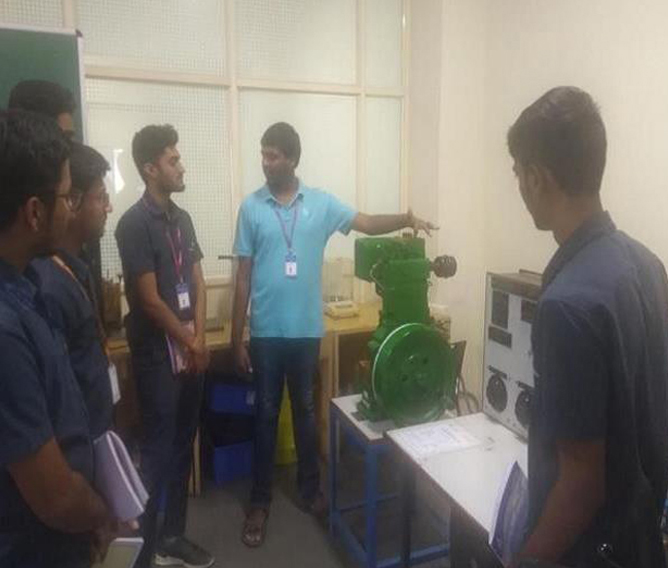
The registration and participation of students in MOOC Courses like NPTEL, edx and Coursera evidence of their self- learning capabilities. The above courses enable students to enrich their subject knowledge, give exposure to recent technological advancements and also serve as a platform to strengthen their interdisciplinary skills. It is also considered as a key for lifelong learning. A separate hour/week is allotted for discussion of assignments given in NPTEL/SWAYAM courses as shown in figure.
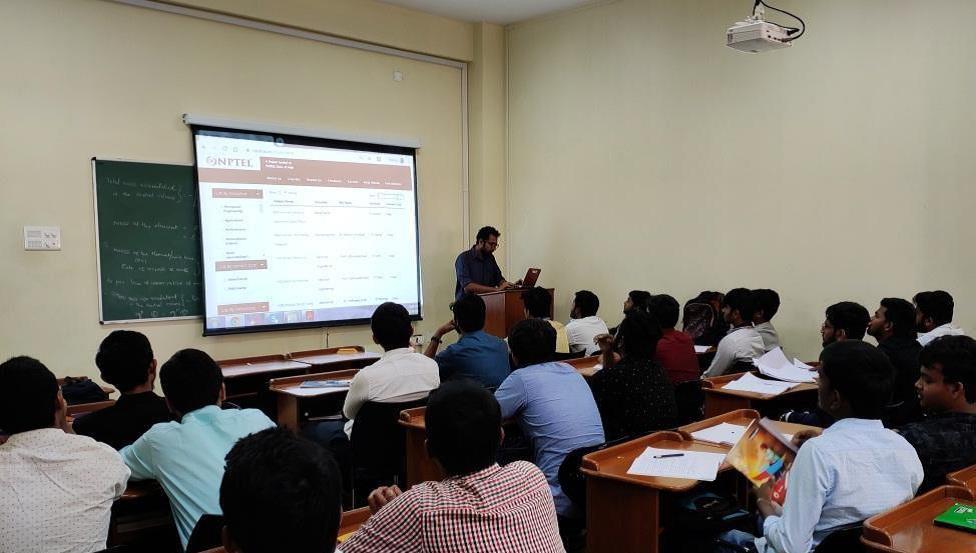
Students share knowledge or discuss topics in a small group or peer mode as shown in figure. The students are taught to work as a team to improve their knowledge and working skills. Solving assignments/question papers in groups usually during coaching classes/whenever required. The bright students of the class are helping the weak students to solve the problems under the guidance of the course coordinator.
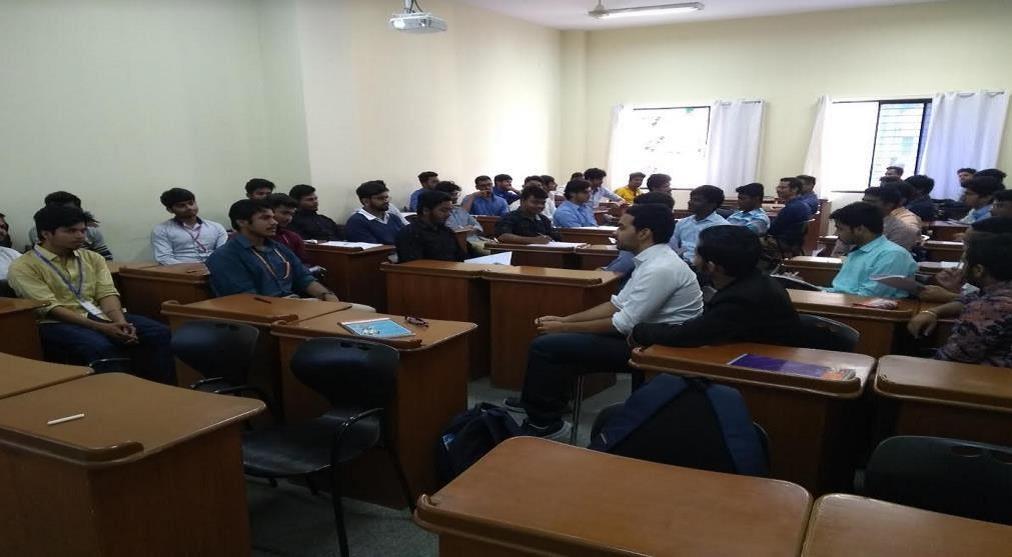
Demonstration of systems or parts of a real-world system using modern tools. The approach is much suitable for basic level engineering courses so that the student recollects the basic concept every time he looks at the items as shown in figure.
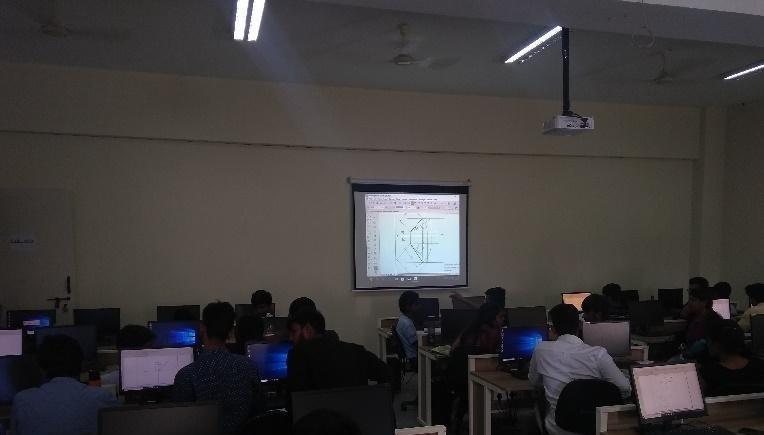
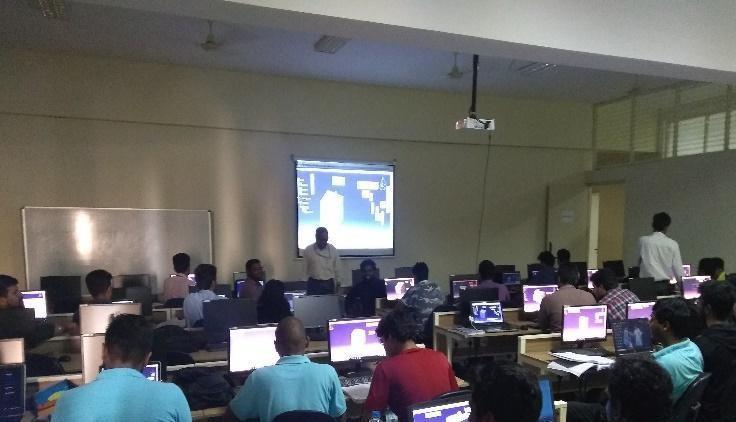
Assignments are given to students on problems and they are solved by themselves. Assignments are based on COs which helps to achieve Program Outcomes.
Impact: The students have improved their self-study and problem-solving skills.
Faculty members conduct a five minutes snap talk during their lecture hour and review it to help students understand where they stand. Snap talk is a technique that helps the students to improve their English communication and to overcome stage fear.
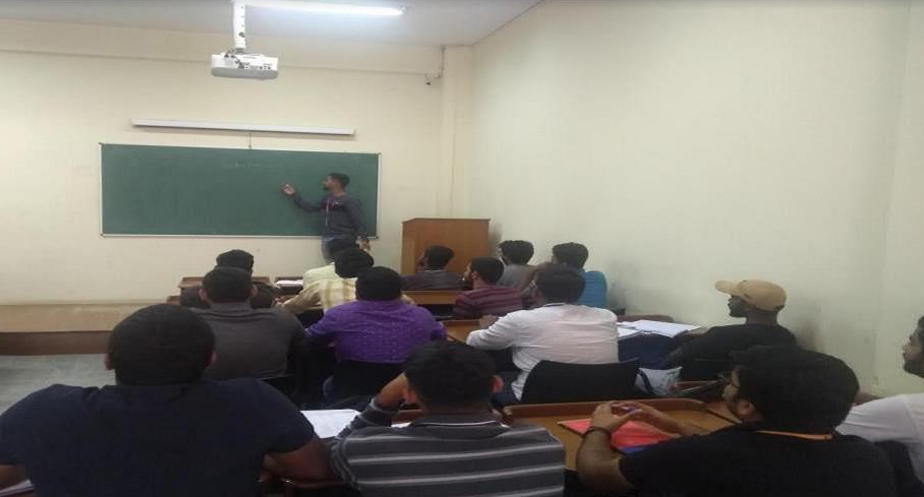
The library has online courseware, e-learning resources and internet facilities. The libraries of the constituent units have a host of e-journals which cater to the demands of postgraduate students, research scholars and faculty members. The Wi-Fi enabled campus encourages blended Learning by way of providing access to various websites containing-learning resources. The internet connections are available in all the libraries which enhance the scope of e-learning and the orientation Programme by the library staff help the faculty members and students to make the optimum use of the library facilities. The University has a Center for Virtual Learning and innovation which has launched the Technology Enhanced Learning (TEL) that is powered by digital technology.
The department always believes in innovating the teaching pedagogy & thus from 2017 onwards introduced flipped classrooms for the students. Flipped Learning is a pedagogical approach in which direct instruction moves from the group learning space to the individual learning space and it ensures that this blended learning approach is used against the traditional learning approach. Here in the flip class, students watch online lectures on Laboratory experimental procedures (delivered by our faculty) and carry out the experiments in the laboratory with the guidance of a Lab In charge.
The University has a Centre for Virtual Learning and Innovation which caters to the needs of students with the help of web portal where they can access notes, digital lectures, question banks and assignments at the click of a button. Technology Enhanced Learning (TEL) provides vital resources to integrate educational and information technologies into the academic environment. It enhances the mobility and flexibility of the learning process and enables greater responsiveness to the needs of a new generation of learners.
The Facebook is a current interactive tool, efficiently used for few courses. Teachers and students upload their course plans, eBooks, course materials, video lectures, question banks, real time issues etc. It supports the pupils to come prepared to the class.
